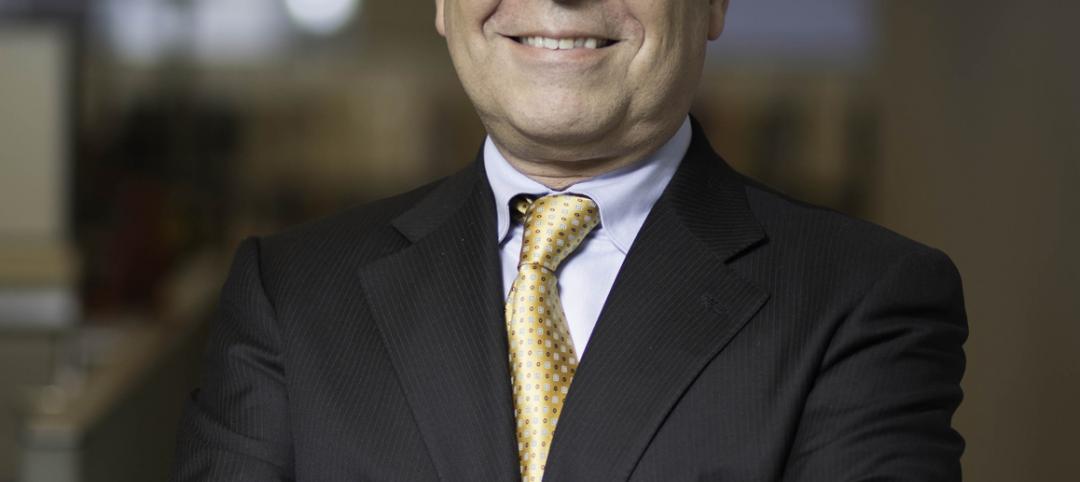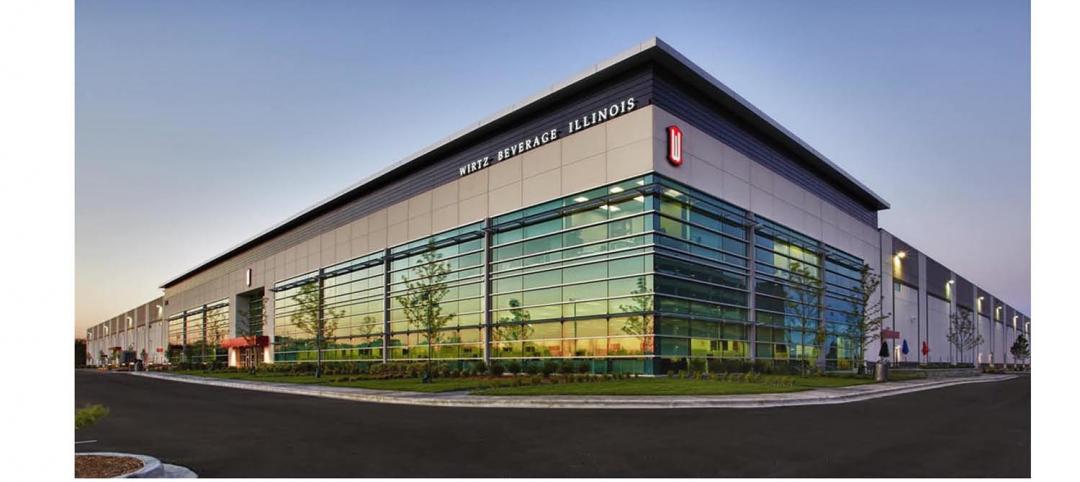Some science-design experts once believed high levels of sustainability would be possible only for low-intensity labs in temperate zones. However, LEED Silver- and Gold-rated science projects, including chemistry-heavy facilities in extreme climates, are no longer viewed as particularly remarkable.
Advancements in HVAC get much of the credit since controlled pressurization and once-through airflow are the main reason labs have historically used so much energy. Today’s Building Teams are striving to understand actual environmental requirements for safety and good science, instead of using dubious rules of thumb that drive overdesign. For instance, continuous air-quality assessment is now possible through sensor-based demand-controlled ventilation, decreasing reliance on arbitrary guidelines for air changes per hour. Other enabling technologies include advanced ductless fume hoods and submetering to assess plug loads.
Chilled beams, geothermal, photovoltaics, radiant heating and cooling, process water recycling, and passive design are among the essential ingredients for the next generation of super-green S+T projects. To date, fewer than 40 labs have earned LEED-NC Platinum—reflecting the typology’s difficulty level, as well clients’ cautiousness. The short list of completed net-zero S+T buildings includes the J. Craig Venter Institute, opening this month in La Jolla, Calif.; Georgia Tech’s Carbon-Neutral Energy Solutions Laboratory, the Platinum winner in BD+C’s 2013 Building Team Awards; and the National Renewable Energy Laboratory’s Research Support Facility, primarily devoted to computational work. Three small educational science buildings have also been certified under the Living Building Challenge.
The sector’s dedication to sustainability has been tested by the withdrawal of all federal funding for Labs21—an EPA- and DoE-sponsored program that long led the charge toward greener labs. Funding cuts have also constrained the participation of leading researchers, particularly at NREL and Lawrence Berkeley National Laboratory. The International Institute for Sustainable Laboratories—a nonprofit that had already been running the group’s annual conferences and continuing ed programs—has instituted a new membership-based structure and a mechanism for regional and local chapter formation, similar to that of ASHRAE.
“I2SL perpetuates and expands on the mission of Labs21,” says Phil Wirdzek, President and Executive Director. “We are actively working to develop training and share expertise on creating sustainable labs and related high-tech facilities.” I2SL (www.i2sl.org) is now coordinating working groups to address the obstacles to achieving net-zero and other aggressive levels of green for new and existing facilities.
Perkins+Will recently completed the 120,000-sf Clinical and Translational Research Building for the University of Florida, serving not only the Gainesville campus but also the state at large. Tenants include the UF Clinical and Translational Science Institute and Institute of Aging, as well as groups studying biostatics, epidemiology, muscular dystrophy, and health outcomes and policy. Targeting LEED Platinum, the building includes PVs that will generate 8-12% of its power needs, advanced daylighting, rainwater recycling, and displacement ventilation systems. Also on the Building Team: AEI (MEP), Structural Engineers Group (SE), and Skanska USA (GC). PHOTO: © ROBIN HILL
Related Stories
| Dec 7, 2012
Structural glazing sealant protects solar-rooftop stadium in Taiwan
Designers of the Kaohsiung World Games Main Stadium in Gaoxiong, Taiwan, powered by almost 9,000 rooftop solar panels, required an effective panel fixing design offering optimum energy transfer rate, plus thermal and weathertight performance. Dow Corning specialists recommended a four-sided structural sealant solution featuring Dow Corning 983 Structural Glazing Sealant.
| Dec 6, 2012
Ziegler Cooper names Soto as Director of Design, Broadens Design Capabilities
Soto will oversee design efforts, bringing a high level of quality and problem solving capabilities through active engagement with clients and studios firm wide.
| Dec 5, 2012
Gilbane publishes Winter 2012 construction economic report
Report outlines impact of recent events; predicts continued movement, while slow, toward recovery.
| Dec 5, 2012
Gehry-designed New York City tower receives Emporis Skyscraper Award
8 Spruce Street is now the third New York tower to win the Emporis Skyscraper Award.
| Dec 4, 2012
MKK’s Denver Human Services Eastside Building wins ACEC Excellence Award
MKK provided mechanical, plumbing and fire protection consulting services on this LEED-NC Gold project.
| Dec 4, 2012
Thornton Tomasetti opens new office in São Paulo, Brazil
The move to São Paulo is strategic and timely, as the country continues preparations for the 2014 World Cup and 2016 Olympic Games in Rio de Janeiro.
| Dec 4, 2012
Greenhorne & O’Mara signs letter of intent to join Stantec
Acquisitions of C3TS and Architecture 2000 also completed.
| Dec 4, 2012
Sto Corp. announces new distributor in the Carolinas
Company will now have coverage in several parts of North Carolina.
| Dec 4, 2012
Wirtz Beverage Illinois’ corporate headquarters completed
WBI Center, a new state-of-the-art facility, is designed by Ware Malcomb.
| Dec 4, 2012
Wagner joins Ghafari as Manager of Structural Engineering
Wagner comes to Ghafari from Walter P Moore, where he served as a principal, chaired the construction administration task force and led the design of numerous projects ranging in size from $10 million to $70 million.















